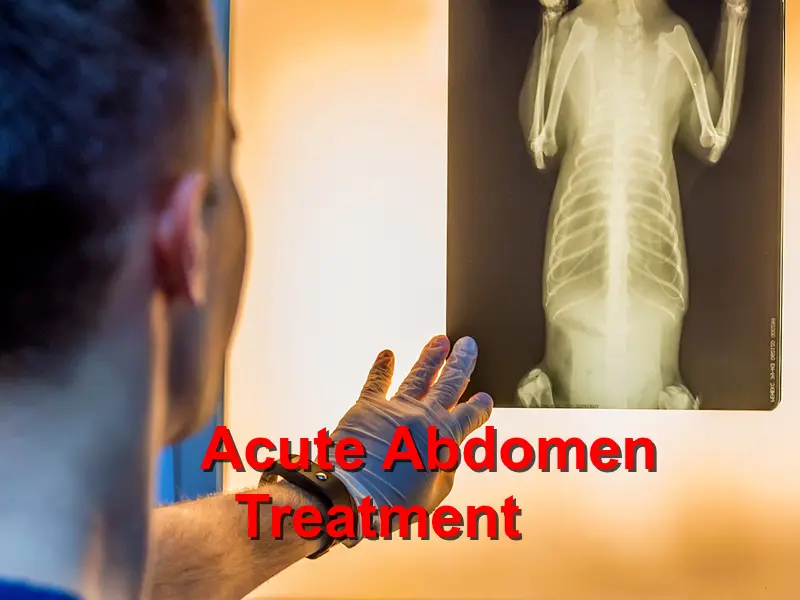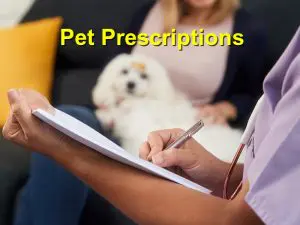A Step-Step Guide On Acute Abdomen Treatment For Your Pet
Acute abdomen or acute gastrointestinal pain is one of the complications we commonly address in our emergency veterinary stations. The situation calls for immediate evaluation and treatment thus; pet owners are required to take their animals to the nearest veterinary centers as soon as any symptom is suspected. In most cases, the condition is as a result of underlying issues that can only be addressed by animal specialists. Here is what to expect in the hospital:
Physical Evaluation
This is the first step of treatment that your pet has to go through after getting to the hospital. In most cases, these critical physical examinations are usually conducted in the triage room within the shortest time possible. They include the evaluation of; the respiratory system, brain functions, heart activities, renal systems and the spinal cord functions. Any abnormalities in this systems have to be addressed promptly before commencing any medical therapy.
Fluid Therapy
As mentioned earlier, in some cases the cause of acute pain is attributed to some underlying issues. If the initial examinations confirm this, then the patient is put through medical therapy that is usually the best approach to management. Though some generalized treatments might work in some cases, it is not always a guarantee. Therefore, some patients might go into shock hence requiring more advanced forms of treatment. In many instances, the blood pressure and the intestinal wall get affected thus requiring stabilization. To achieve this, we administer IV fluid therapy set at a speed of 90 ml/kg/hr in dogs and 30-40 ml/kg/hr in cats. The treatment is adjustable depending on the patient’s response.
Drug Therapy
This is the last stage of treatment after the successful initiation of the fluid therapy. At this stage, the veterinarian administers drugs depending on the lab tests on culture and susceptibility. Nevertheless, in some instances, the doctor might use a Gram stain to diagnose the presence of microbes. Through the results obtains, the appropriate antibiotics are then administered for use at home.





